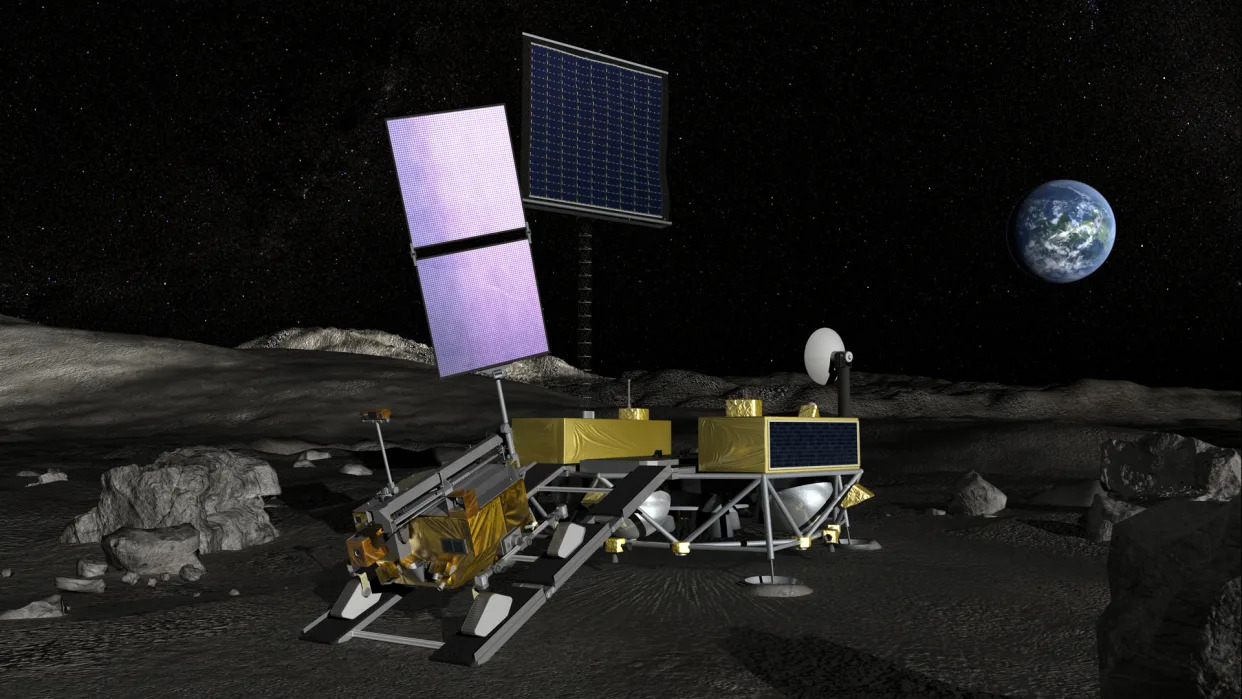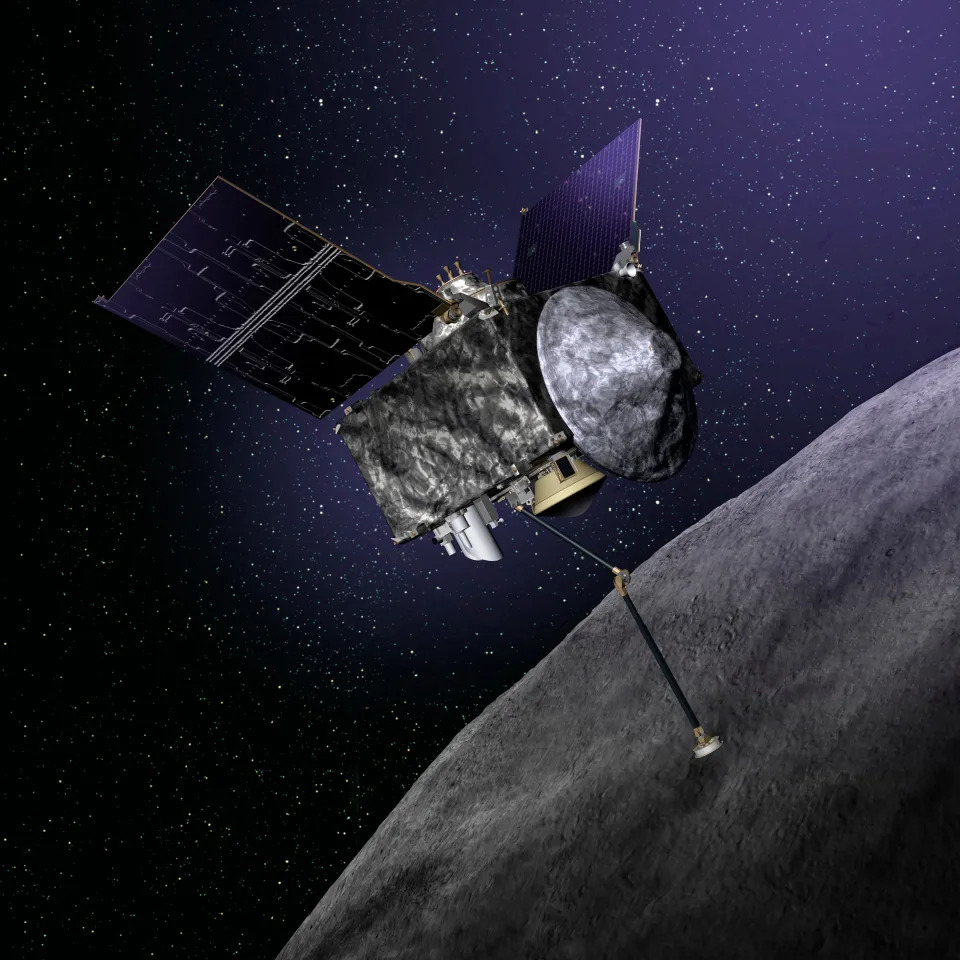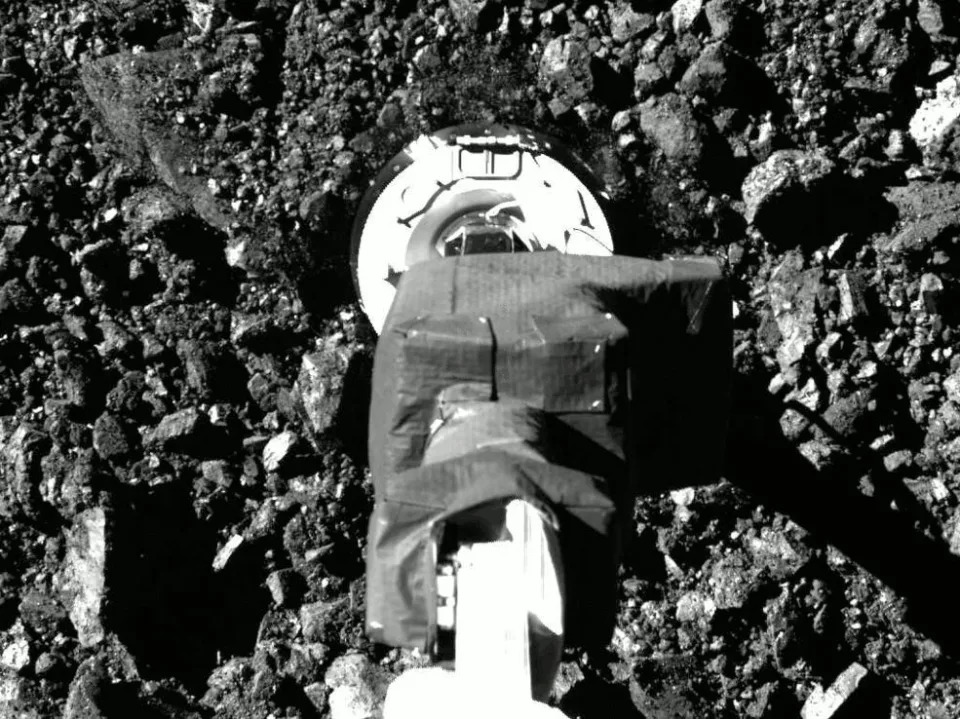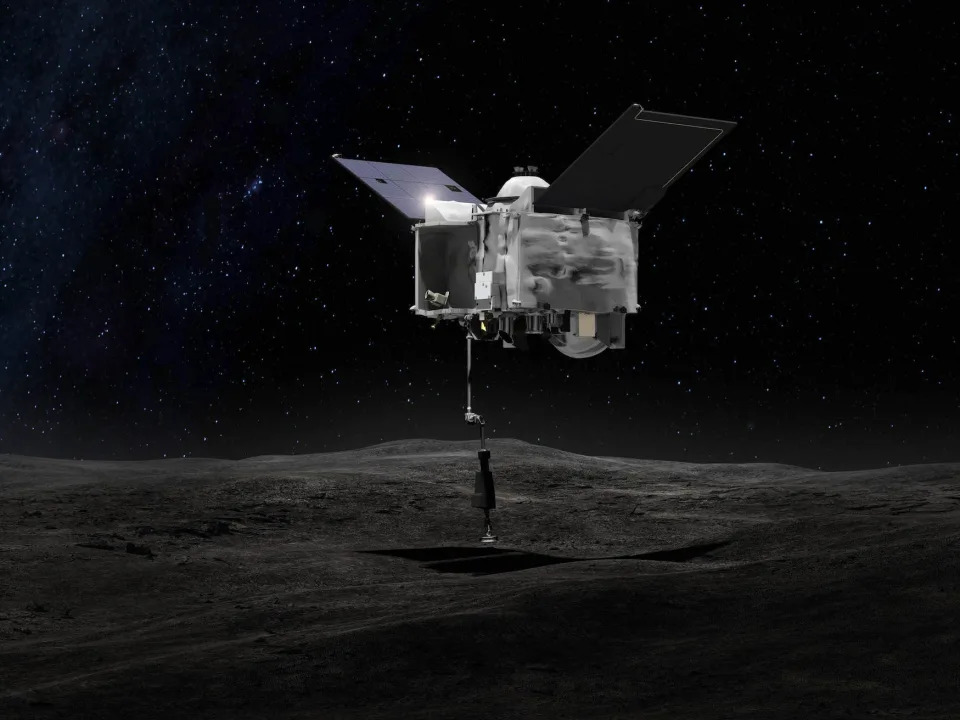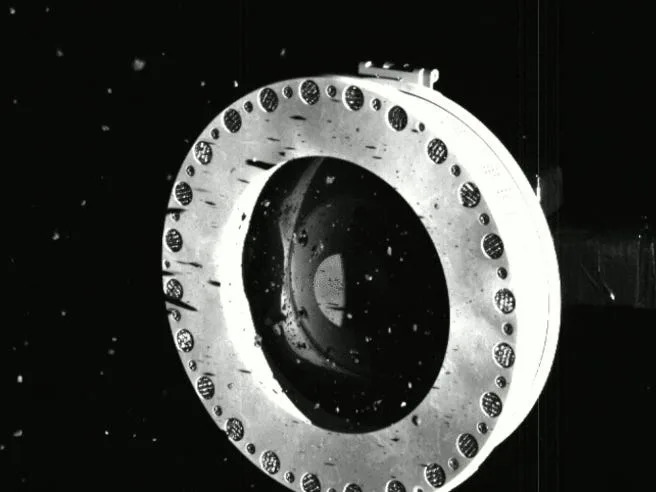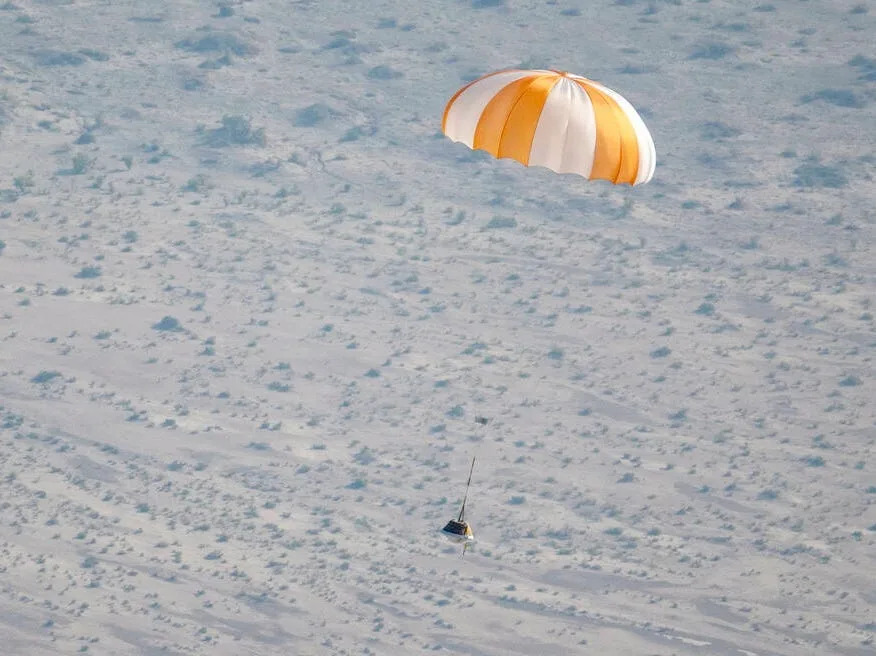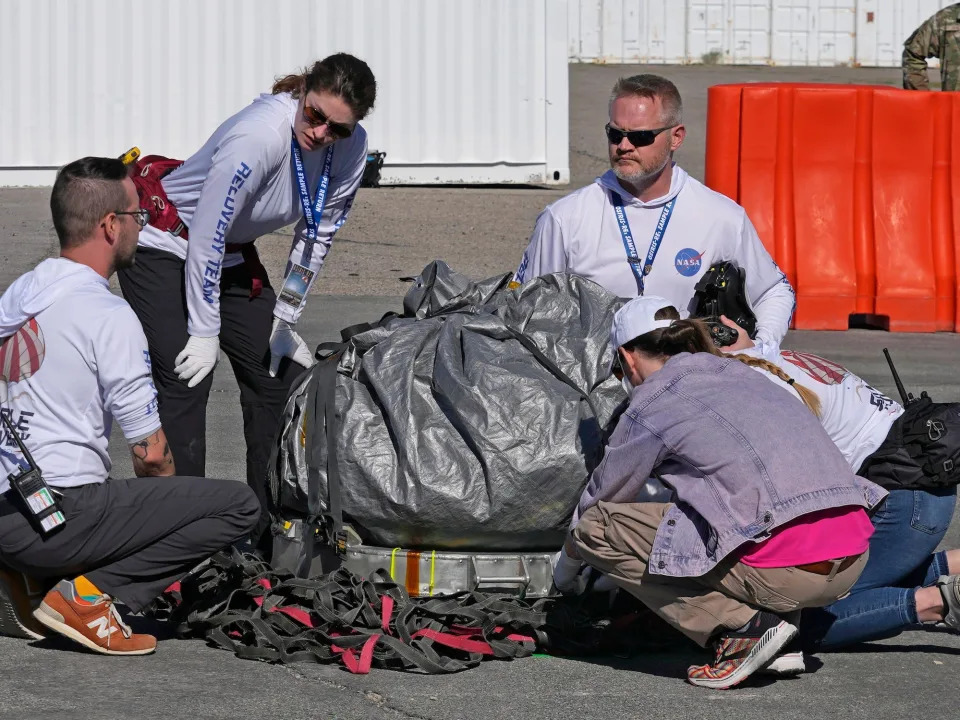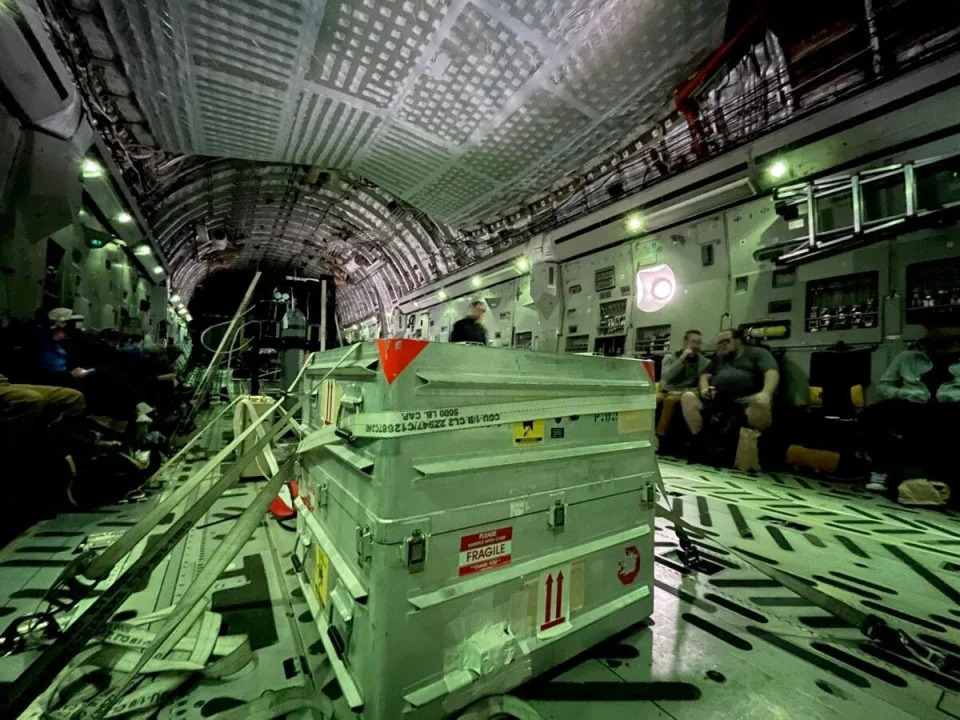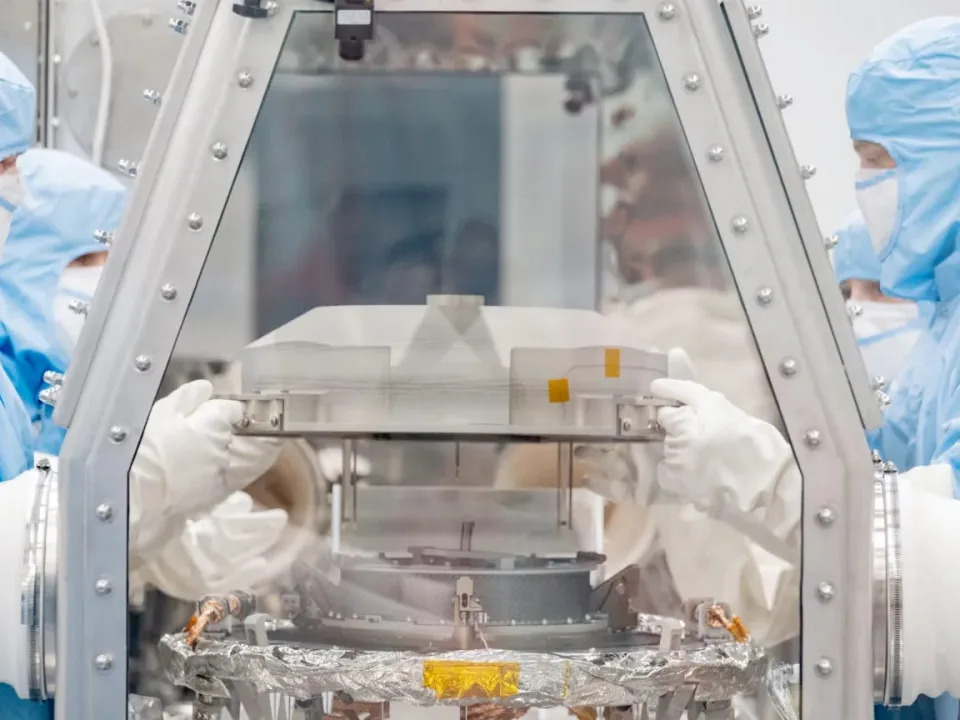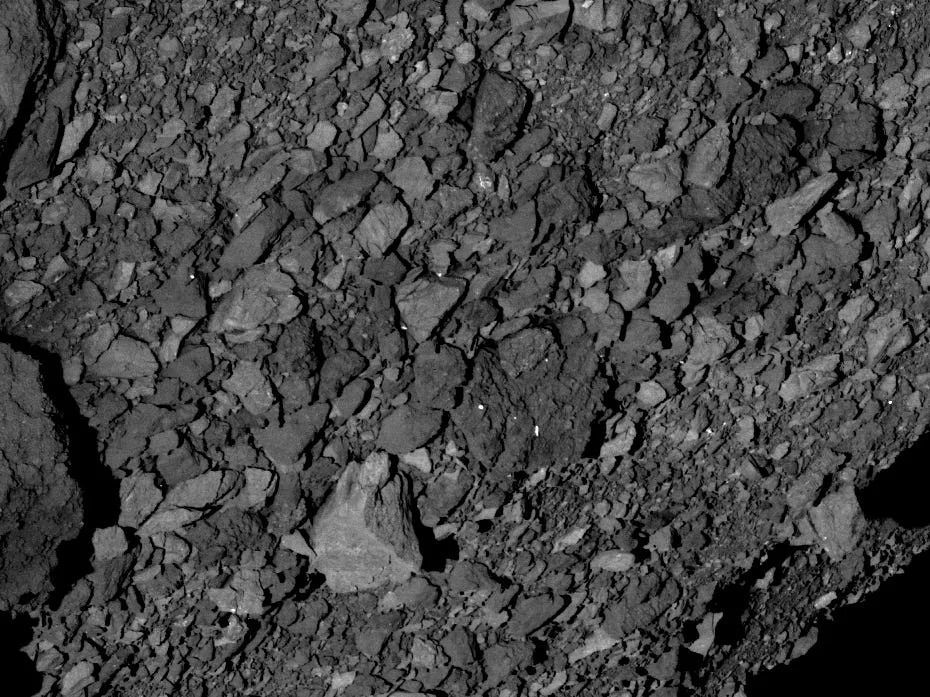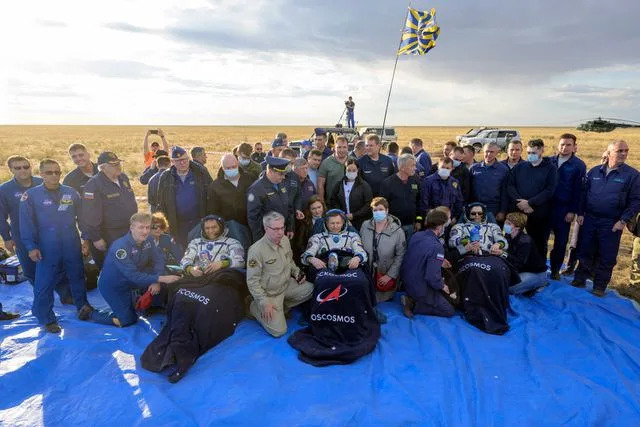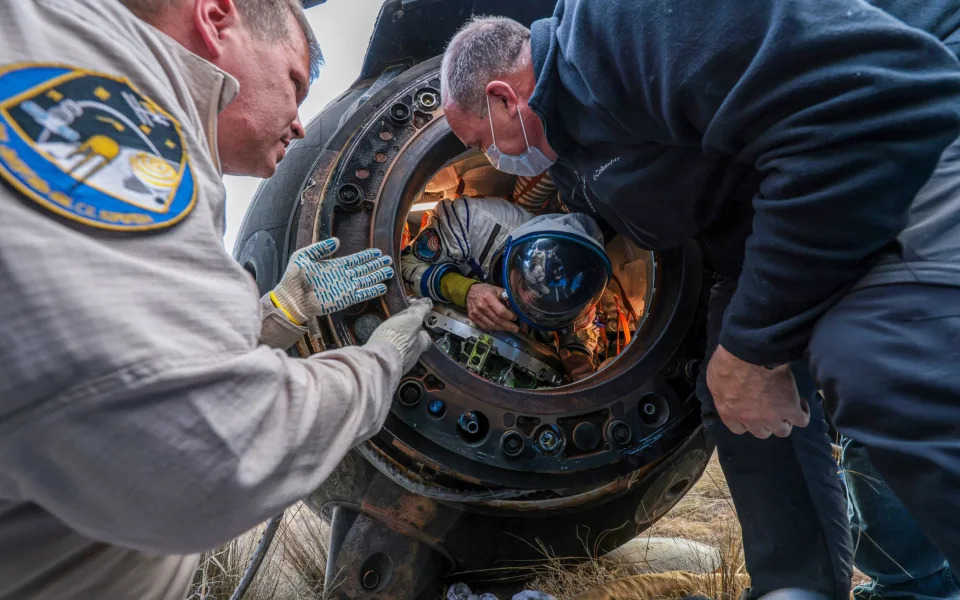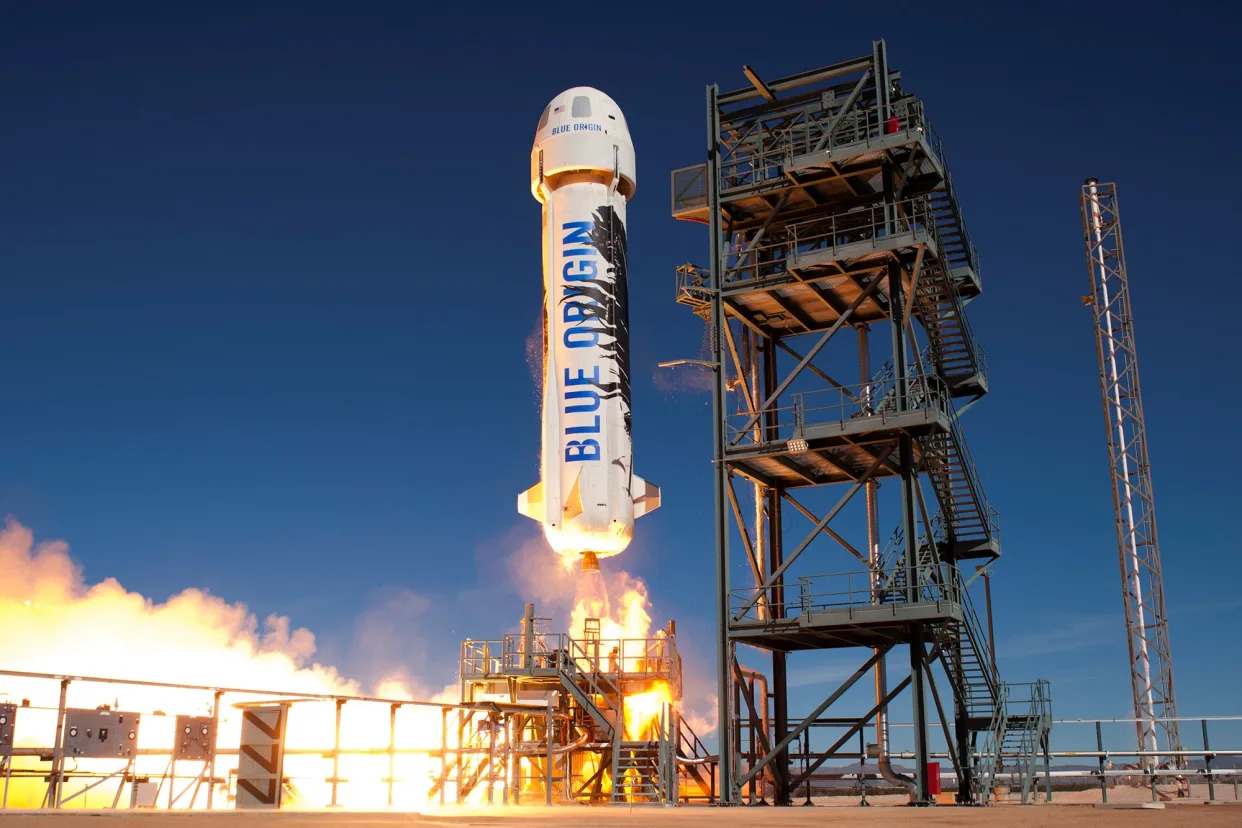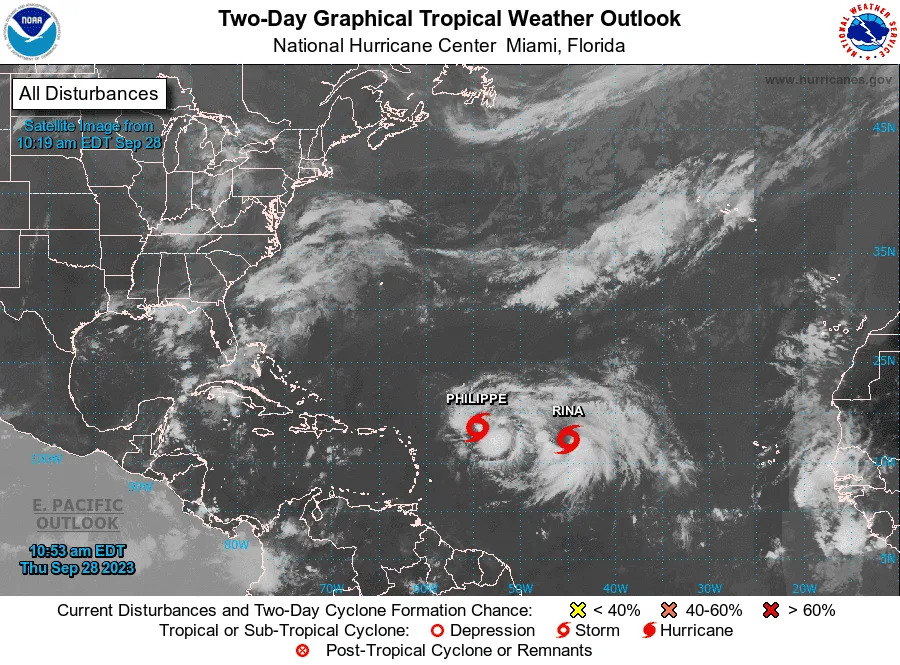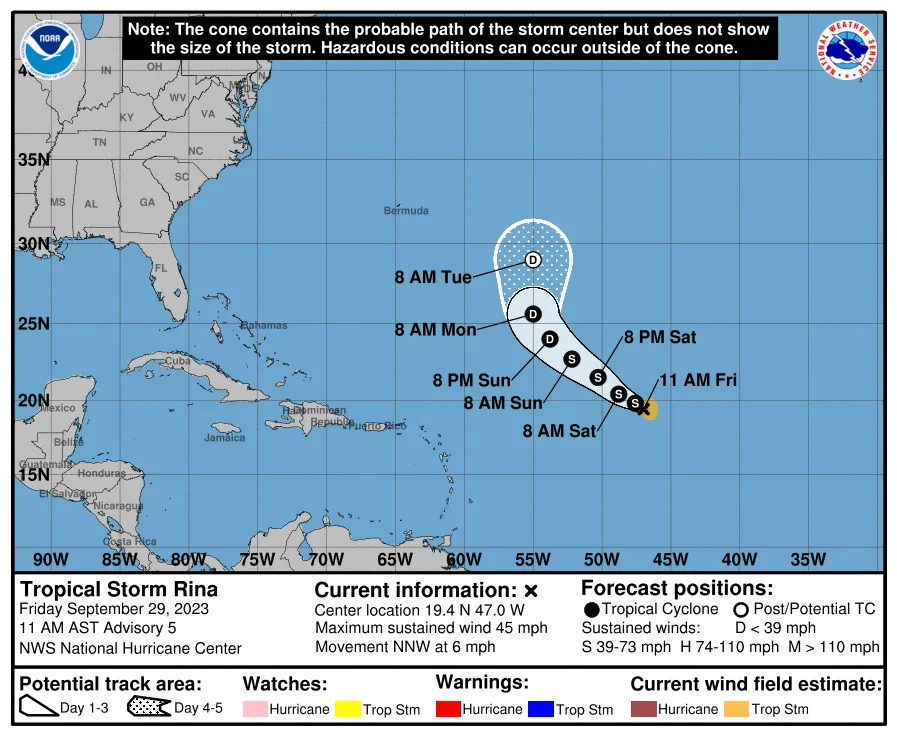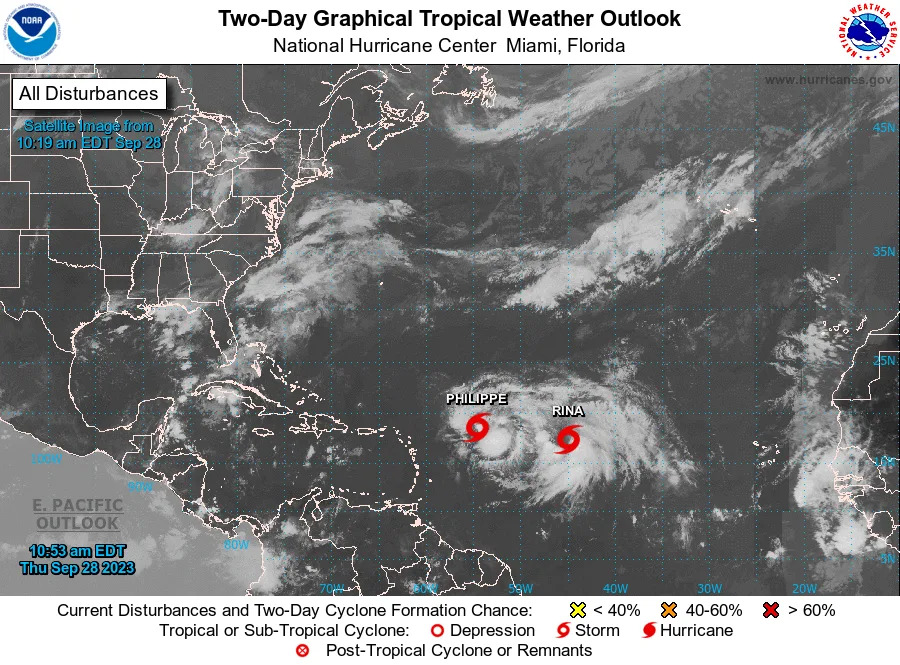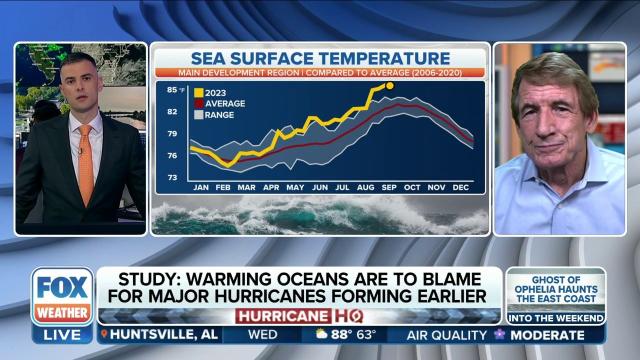Sissi Cao
Wed, September 27, 2023

Sir Richard Branson attends “Branson” New York Premiere at HBO Screening Room on November 29, 2022 in New York City. John Lamparski/Getty Images
On July 11, 2021, a week before his 71st birthday, Virgin Group founder Richard Branson flew to suborbital space along with five of his employees in a Virgin Galactic (SPCE) spaceplane. The British billionaire said it was the best day of his life and he fully intends to do it again.
“I booked it for my 80th, 90th and 100th birthday, and I’m an optimist, so my 110th as well,” Branson, 73, said in an interview with NBC last week while in New York for the United Nations General Assembly.
Virgin Galactic, the space tourism arm of Virgin Group, sells 90-minute round trips to and from the edge of Earth’s atmosphere (about 50 miles above sea level) in a spaceplane for $450,000 per person. The mission that brought Branson to space was the first full-crew test flight of Virgin Galactic. And after years of delay, the company finally began flying paying customers in June.
Read Also: Virgin Galactic Is Partnering with a Luxury Travel Agent to Take Space Tourism Mainstream
Virgin Galactic initially priced its tickets at $250,000 a pop but increased it to $450,000 shortly after Branson’s spaceflight in 2021. Branson, whose business conglomerate operates airlines and cruise lines, said Virgin Galactic has a low carbon footprint.
“We’ve managed to get the price of going into space, from a carbon point of view right down to a minimum,” Branson told NBC. “You know, if you’ve run an airline, you’ve got to try to get the youngest, most fuel-efficient planes. If you’re running a space line, you’ve got to reduce the cost of taking people into space dramatically from a carbon point of view.”
The burgeoning space tourism industry has drawn criticism over the high carbon emissions of rockets and spaceplanes. A 90-minute Virgin Galactic flight generates emissions equivalent to a ten-hour trans-Atlantic commercial air flight, according to a 2021 report by NSR, a firm providing research on satellite and space markets. Because Virgin Galactic can only carry up to six passengers on each flight, that averages to 4.5 tons of carbon emission per person, twice the Paris Agreement’s recommended annual individual carbon budget, per NSR’s calculation.
Virgin Galactic hasn’t responded to an inquiry to comment on these numbers by press time.
While in New York last week, which coincided with Climate Week NYC, Branson announced his latest climate initiative, Planetary Guardians. It’s a coalition of 14 world leaders, climate activists, business moguls and celebrities who will take what they call a “whole planet” approach to “safeguard Earth.” In addition to Branson, the group includes actor Robert Redford, activist Jane Goodall and Juan Manuel Santos, the former president of Colombia.
Here are every crewed mission and launched by Virgin Galactic to date and the passengers on board:
July 11, 2021 “Unity 22”
Passengers/Virgin Galactic staff: Richard Branson, Beth Moses (Virgin Galactic’s chief astronaut instructor), Colin Bennett (lead operations engineer), Sirisha Bandla (head of government affairs and research operations)
Pilots: Dave Mackay, Michael Masucci
June 29, 2023 “Galactic 01”
Passengers: Walter Villadei, Angelo Landolfi, Pantaleone Carlucci
Staff: Colin Bennett
Pilots: Mike Masucci, Nicola Pecile
August 10, 2023 “Galactic 02”
Passengers: Jon, Goodwin, Keisha Schahaff, Anastatia Mayers
Staff: Beth Moses
Pilots: C.J. Sturckow, Kelly Latimer
September 8, 2023 “Galactic 03”
Passengers: Ken Baxter, Adrian Reynard, Timothy Nash
Staff: Beth Moses
Pilots: Nicola Pecile, Michael Masucci


